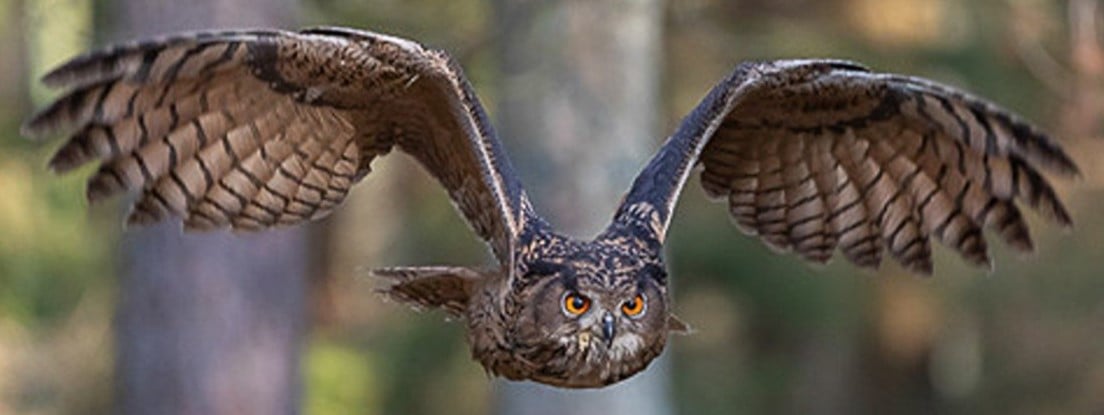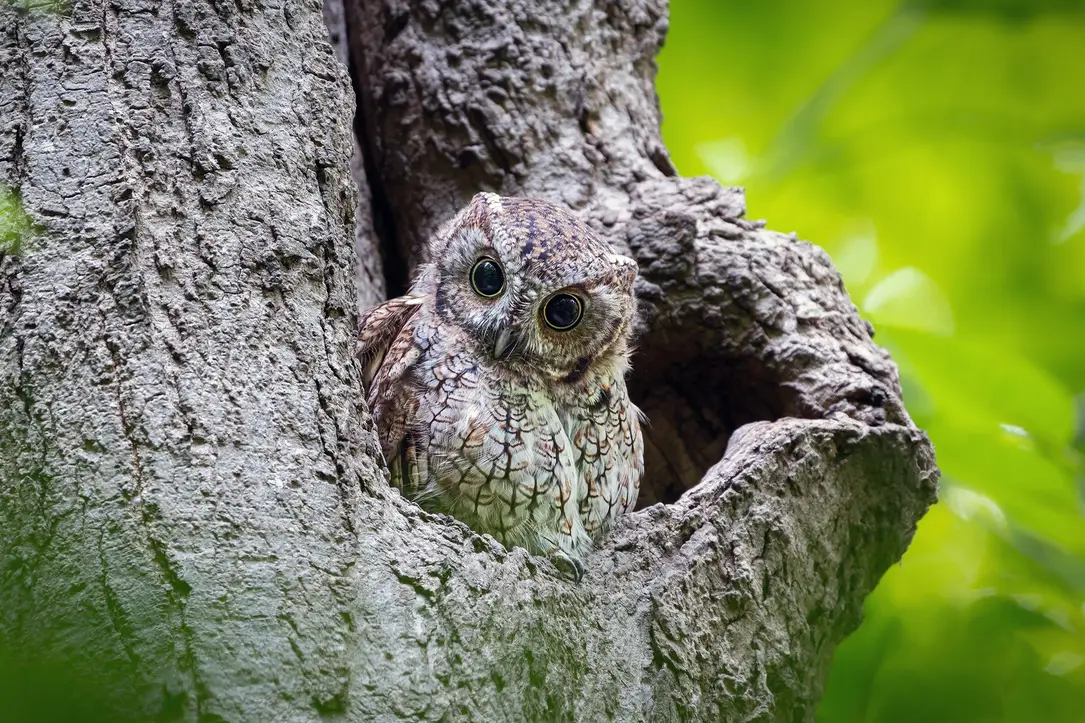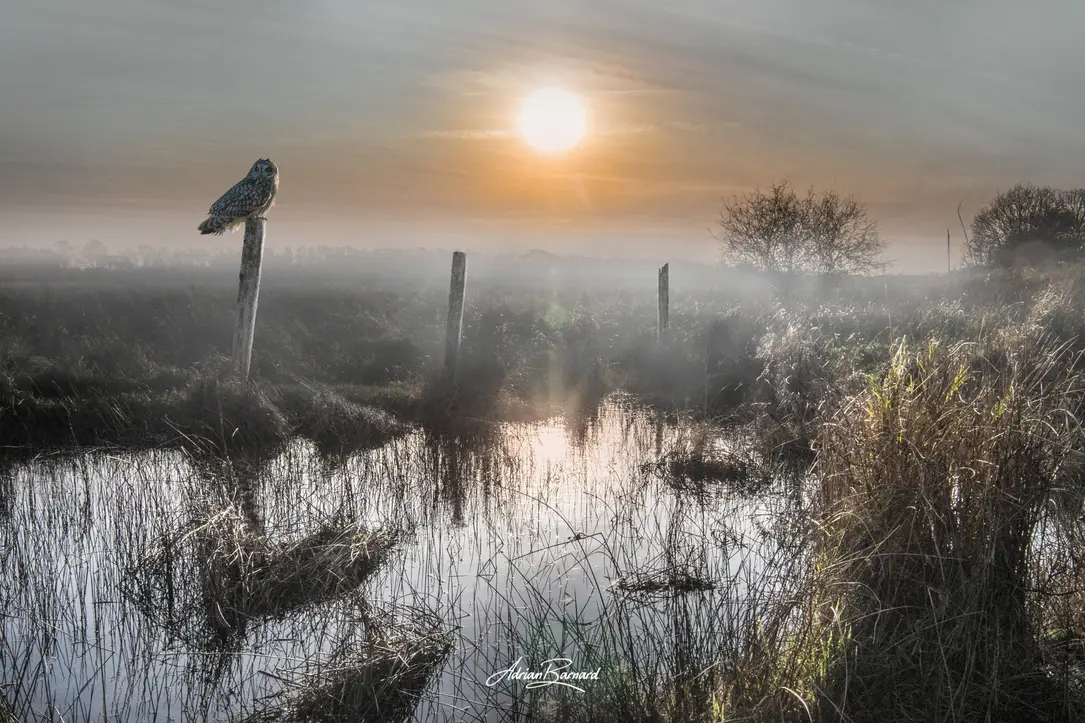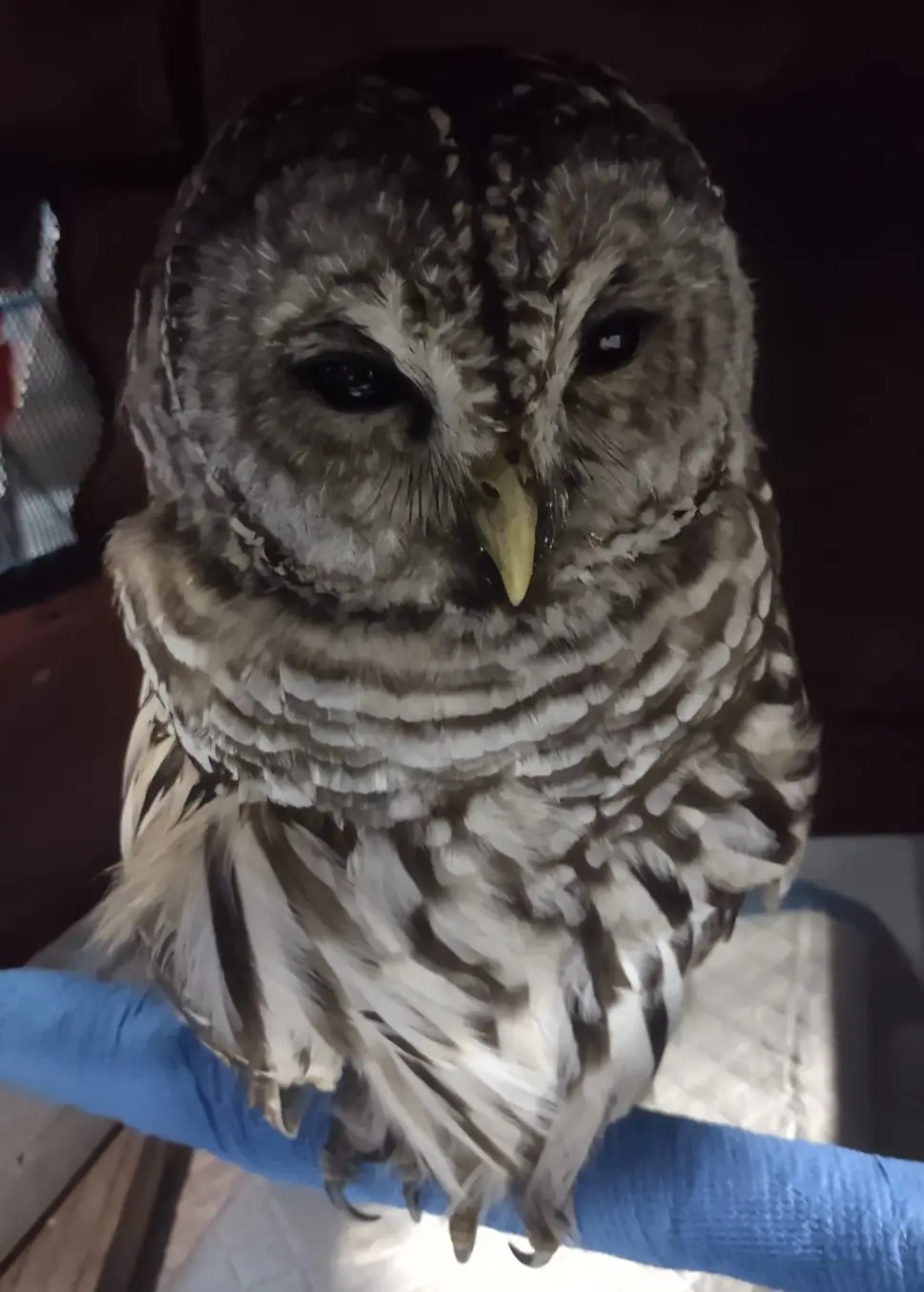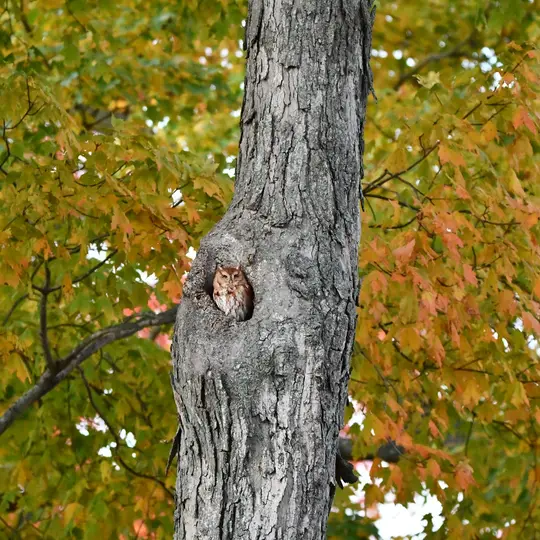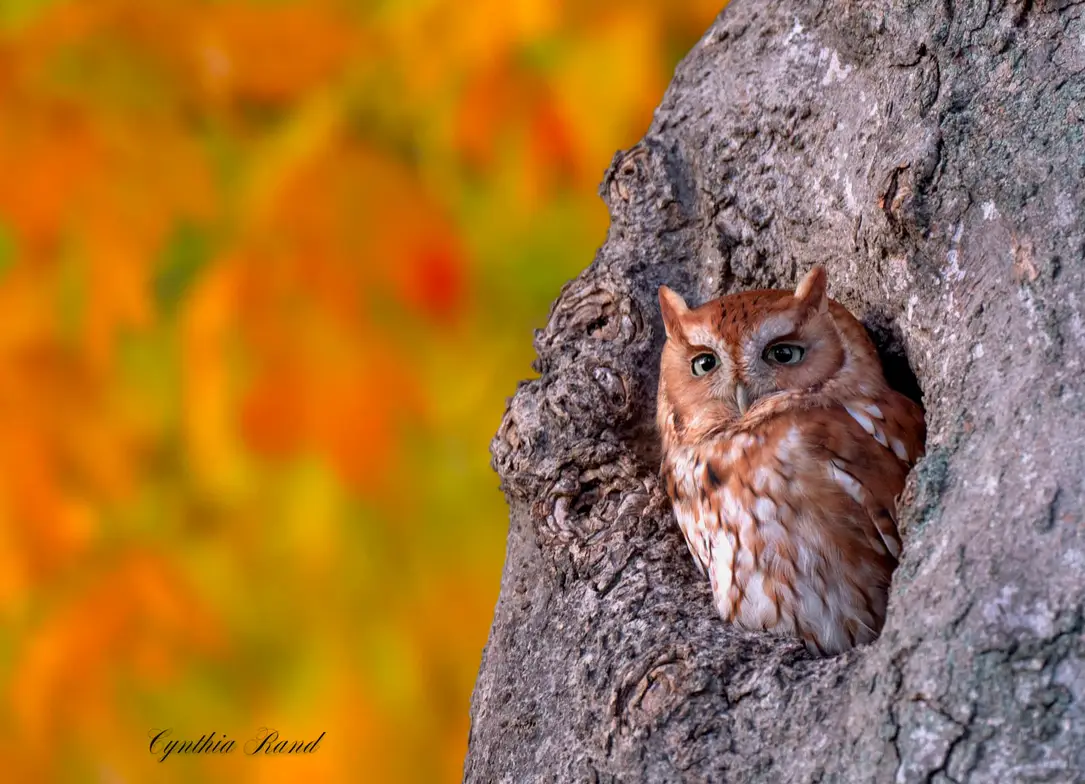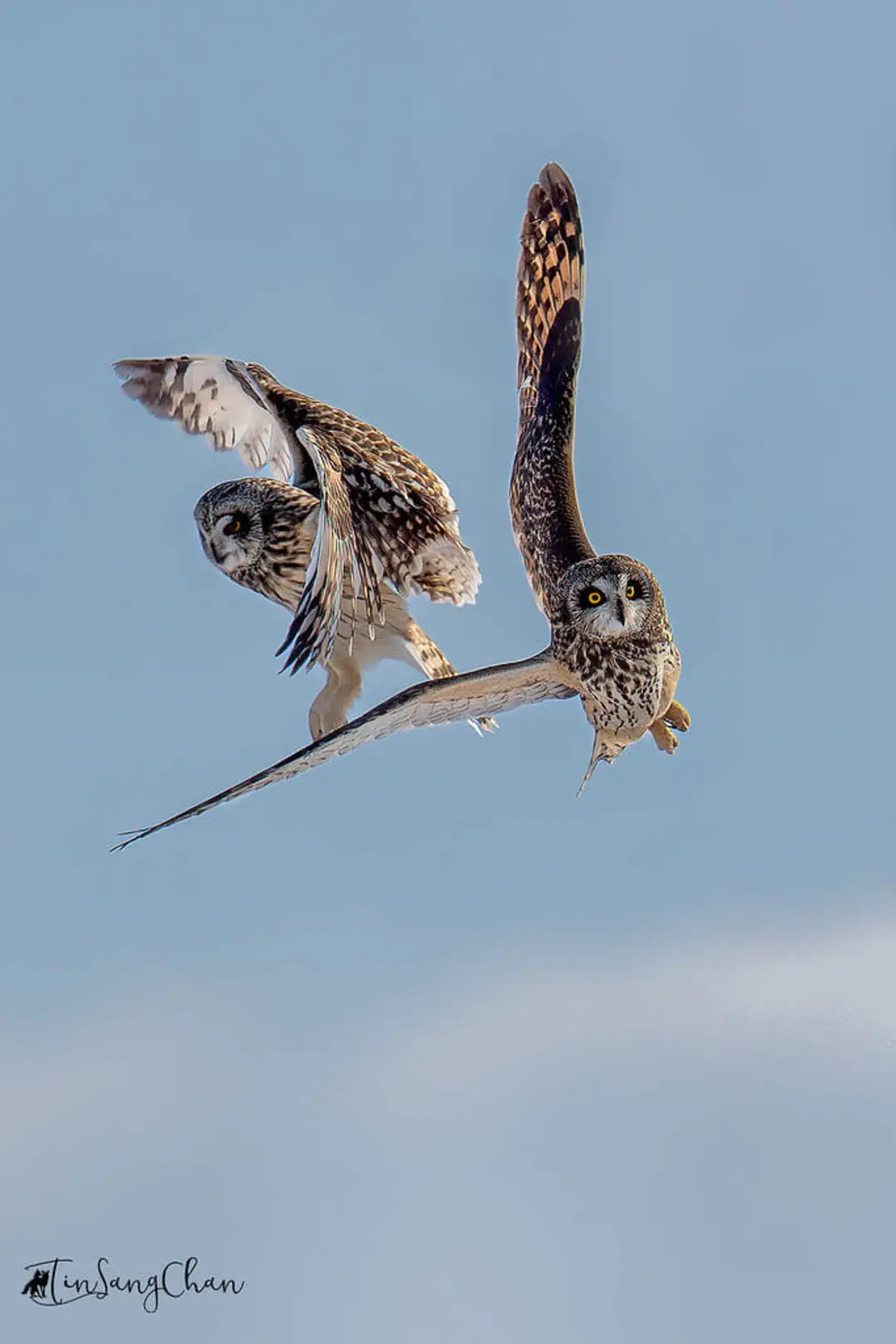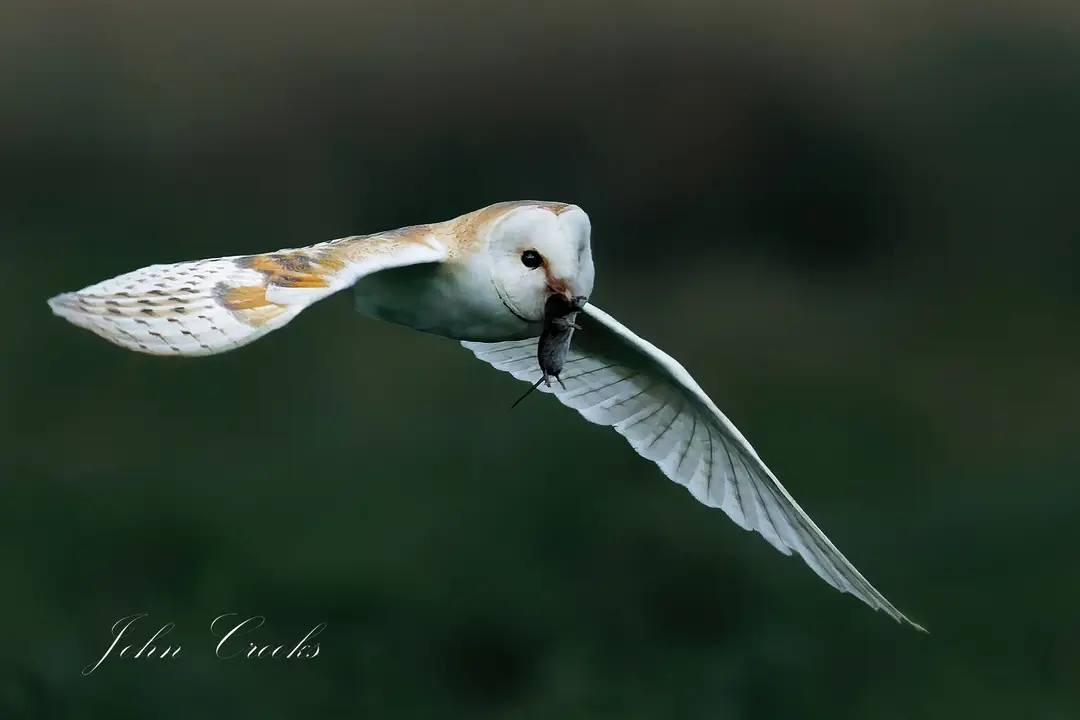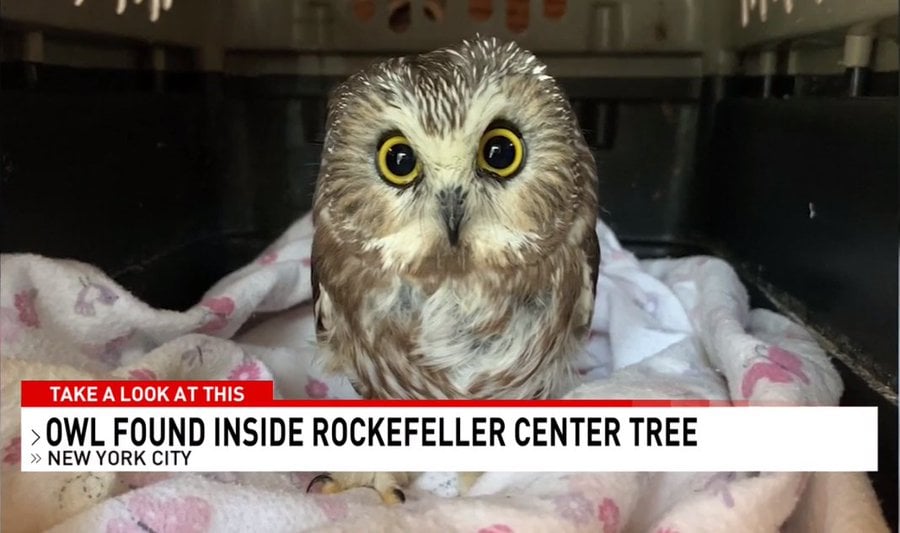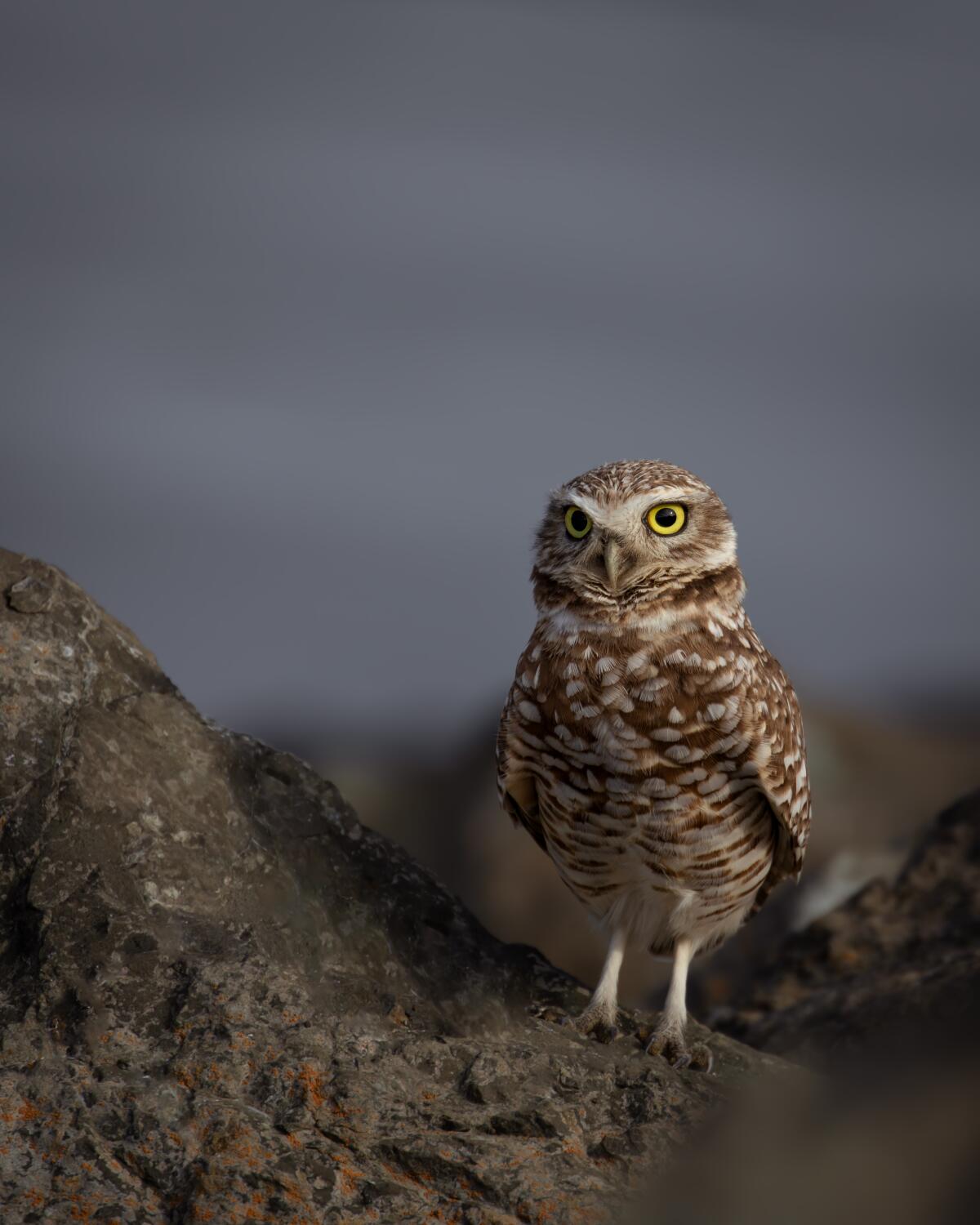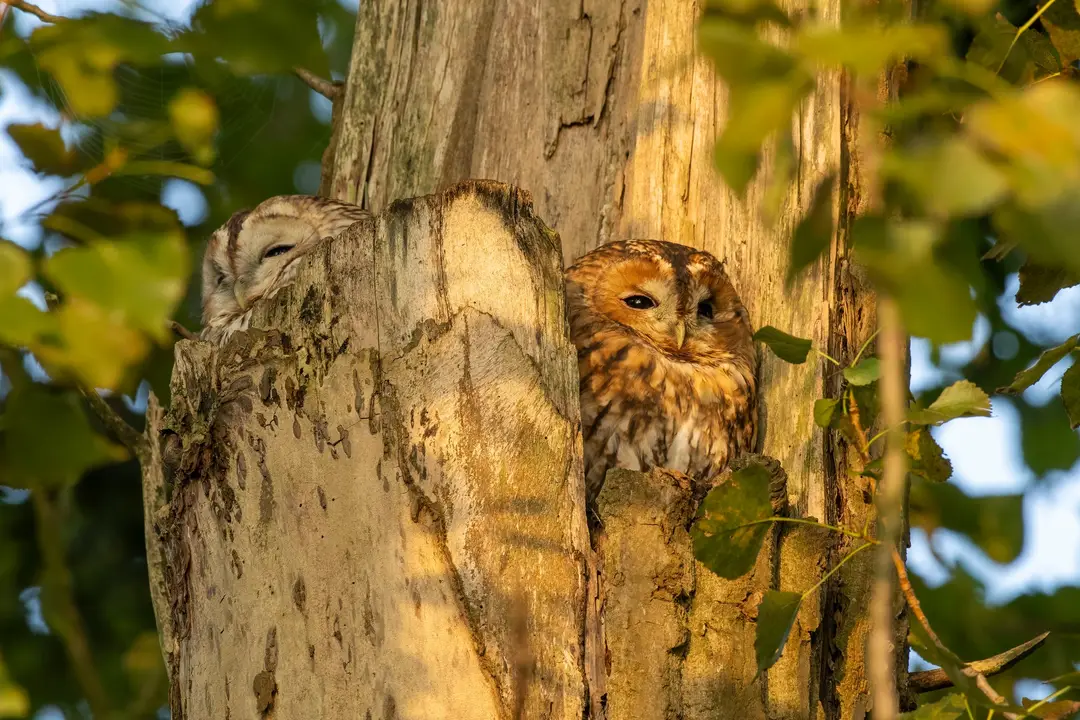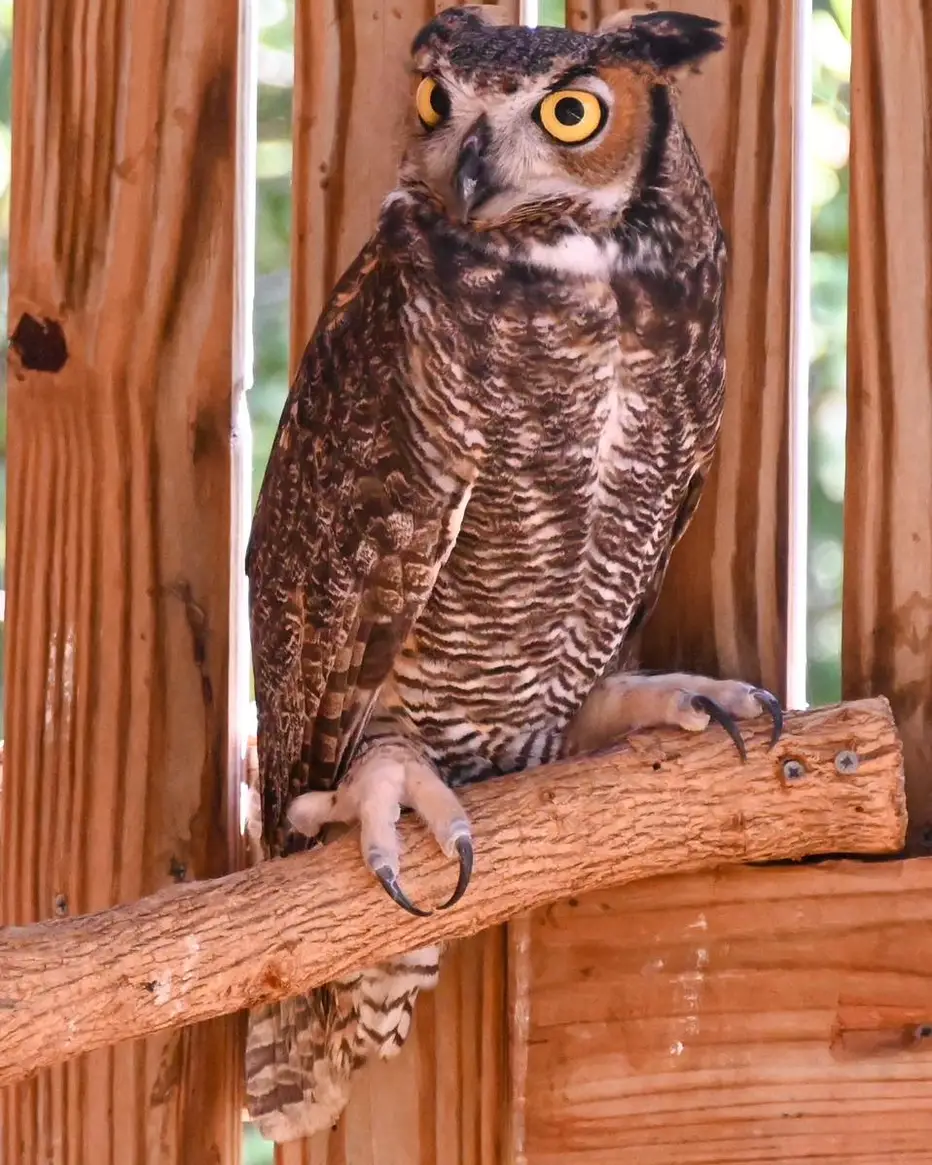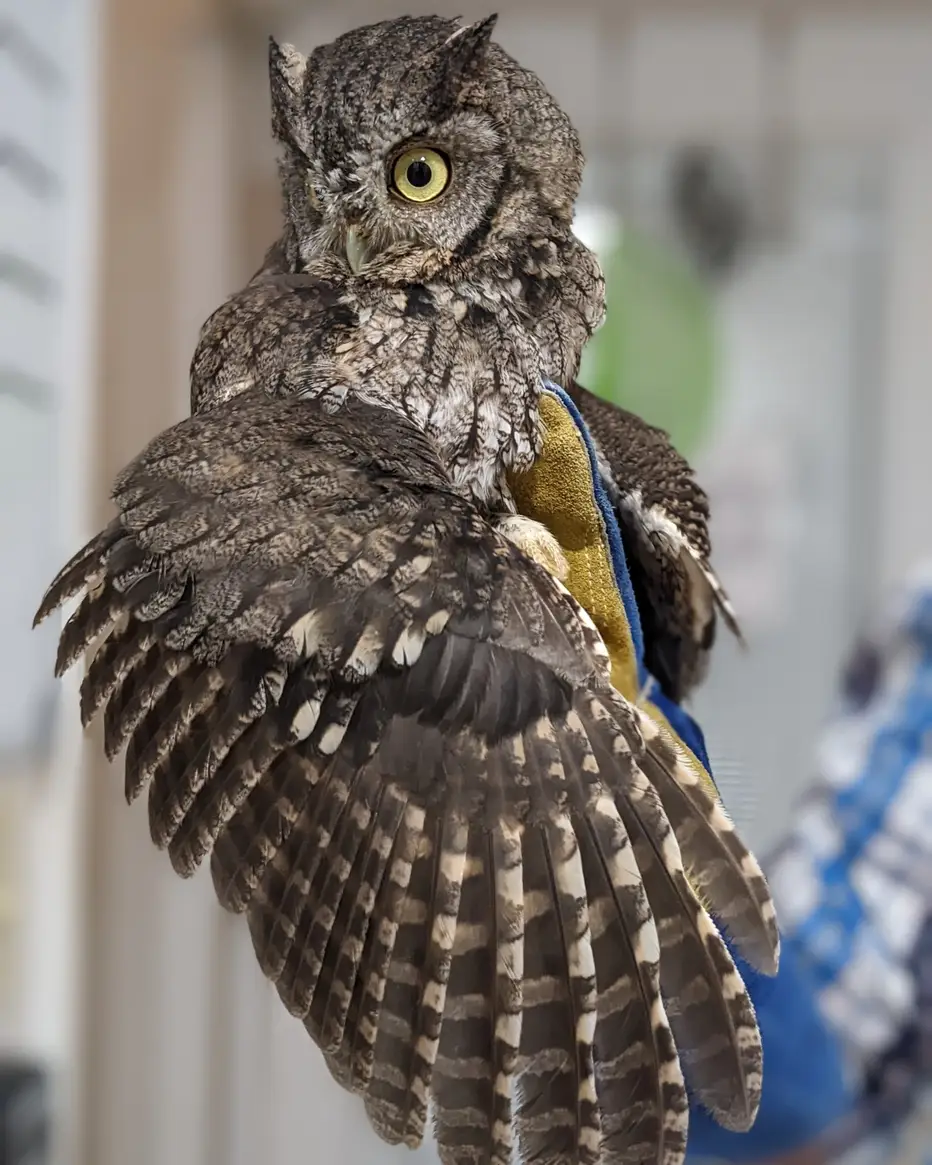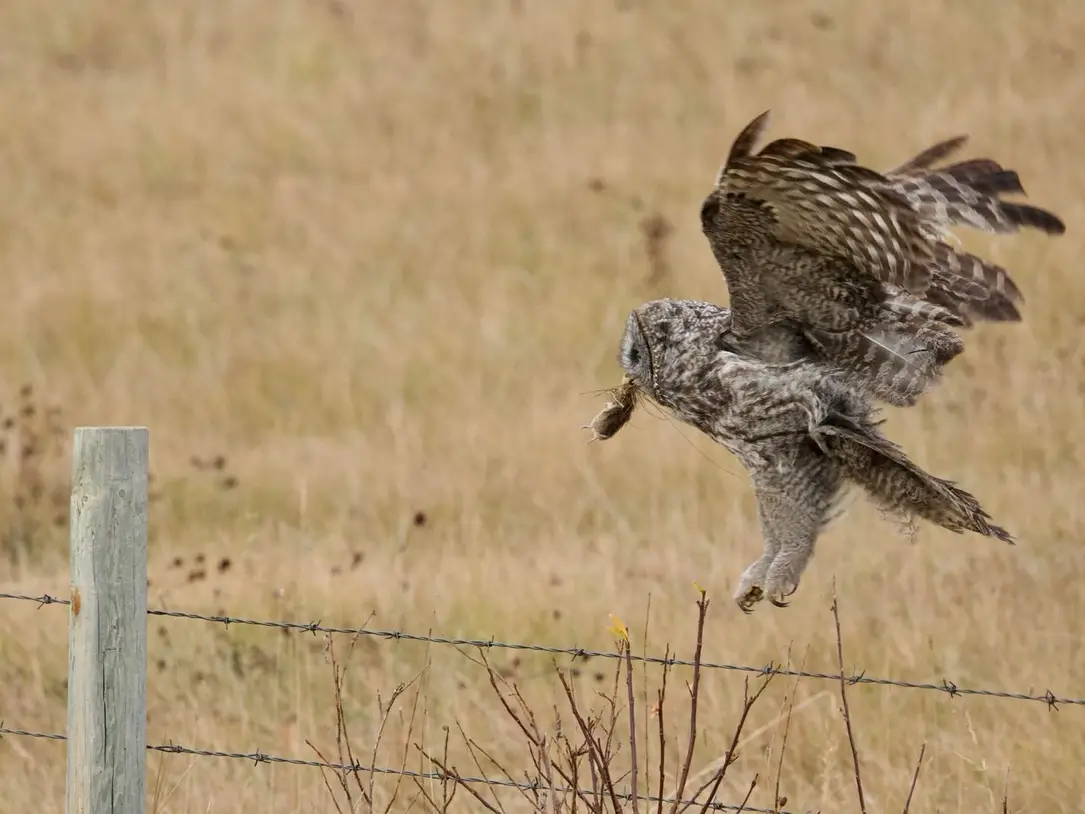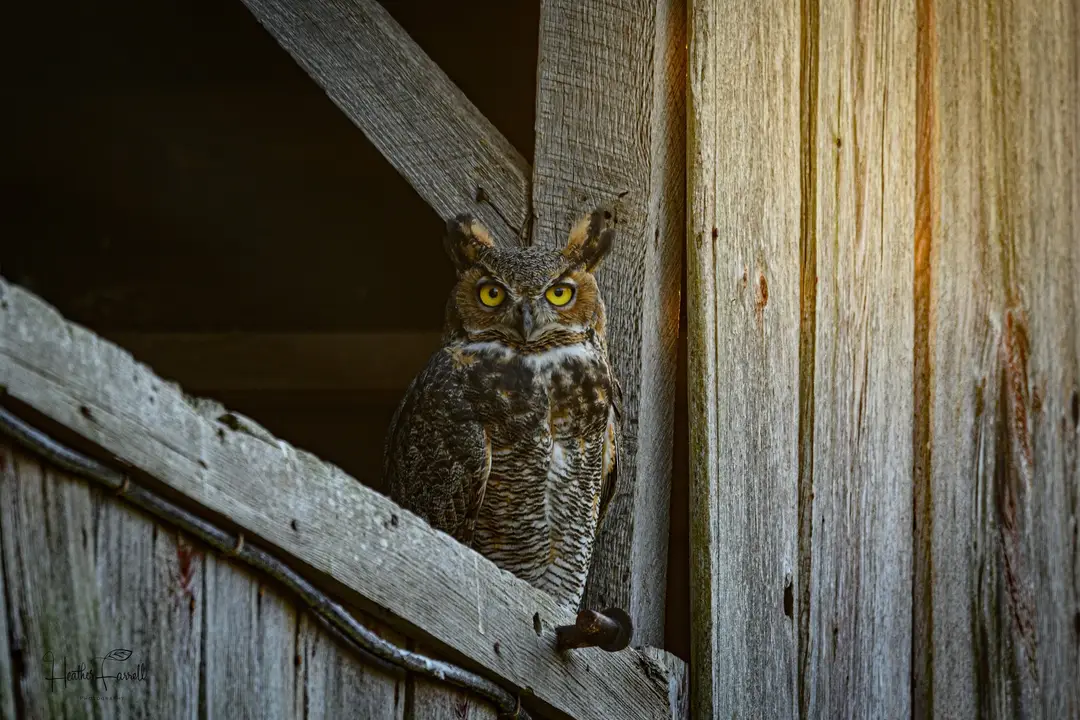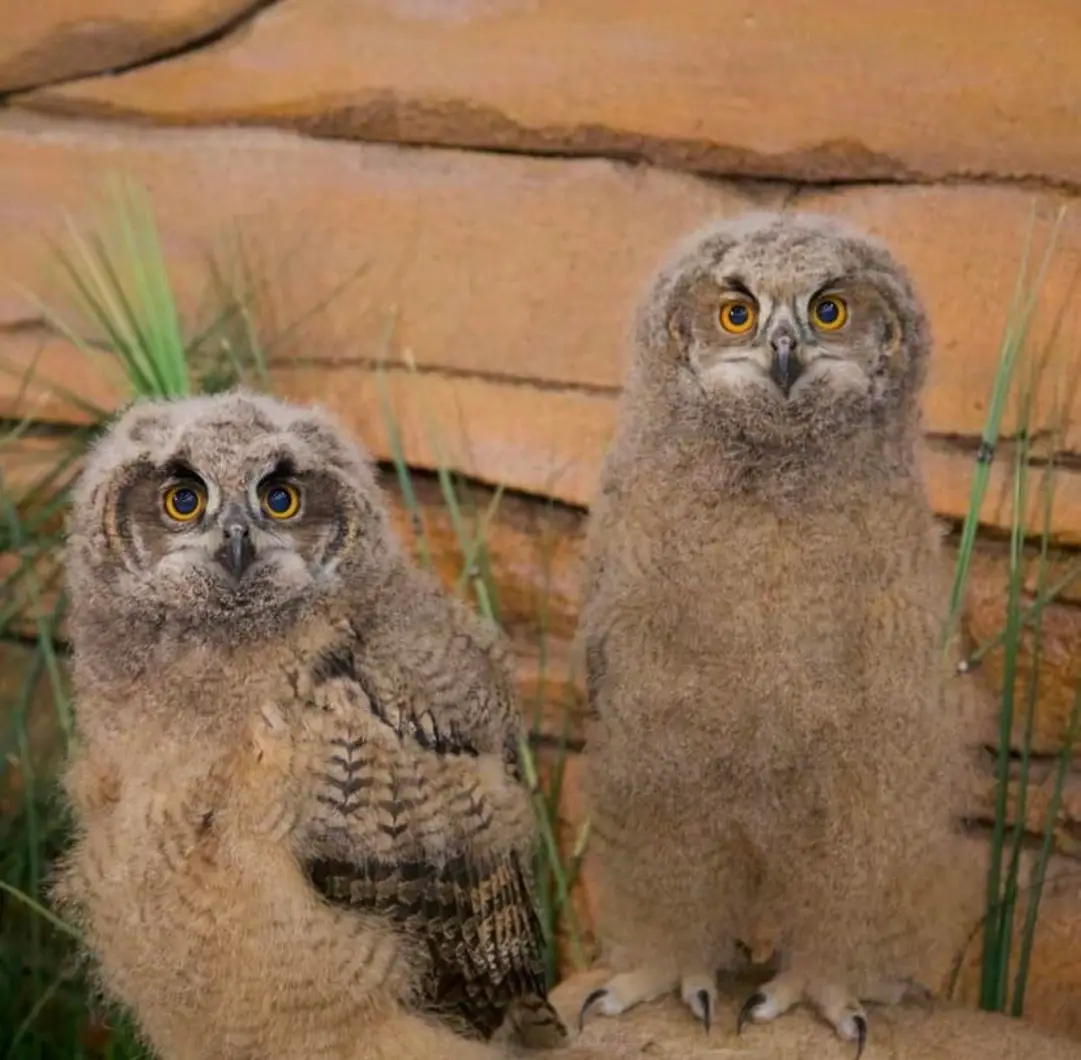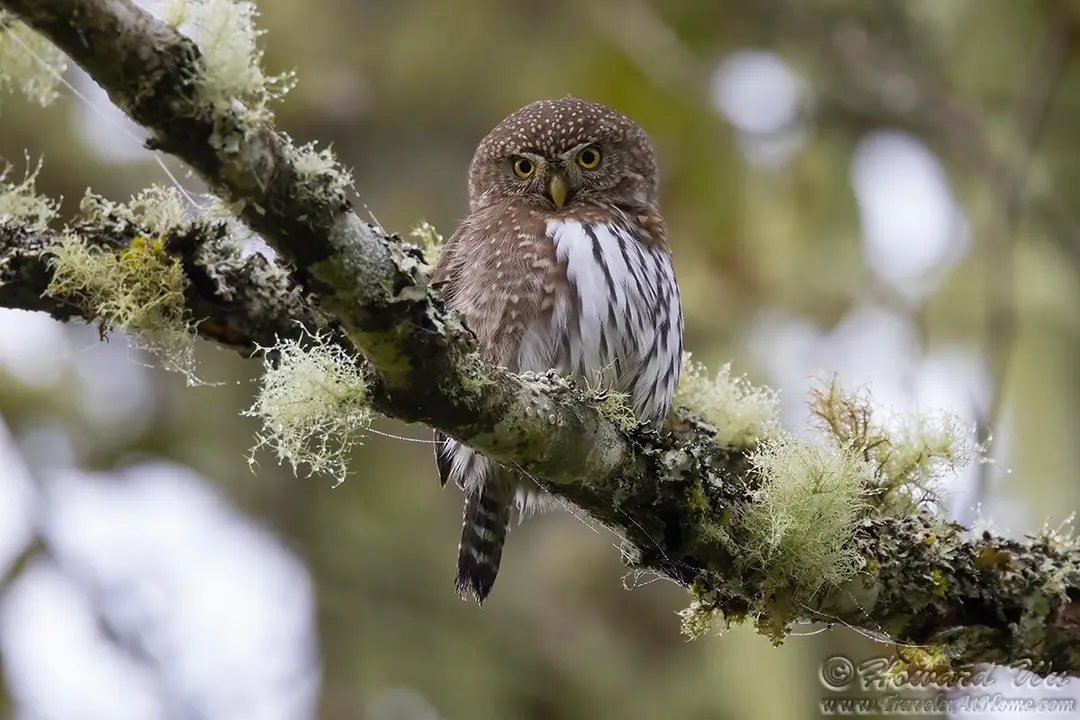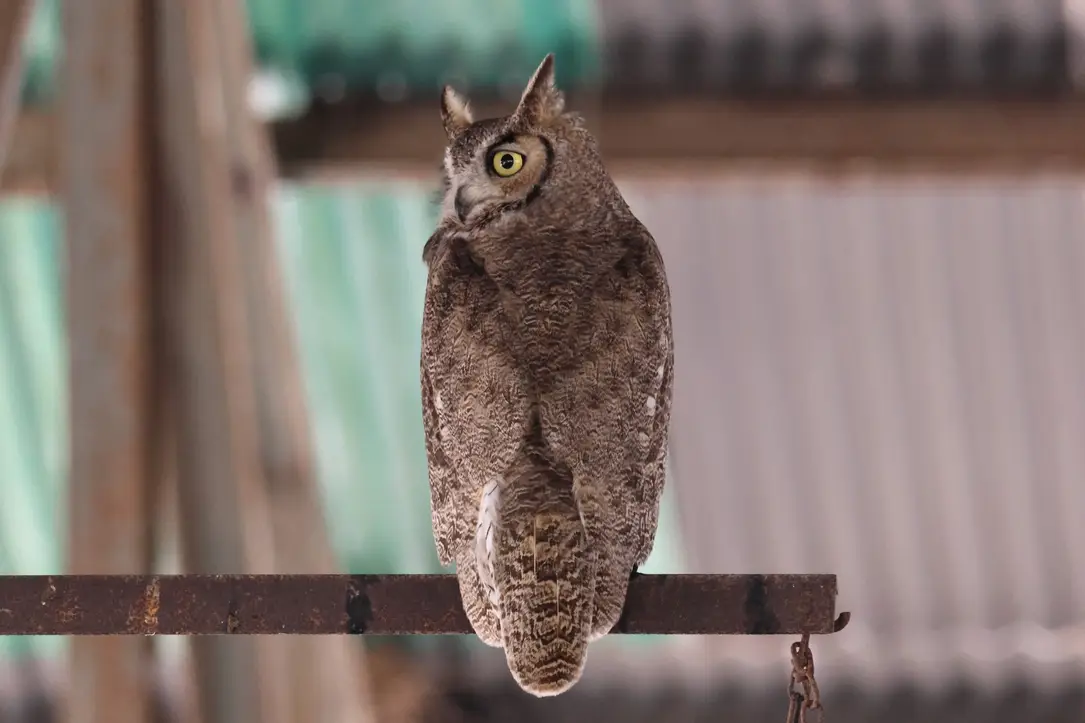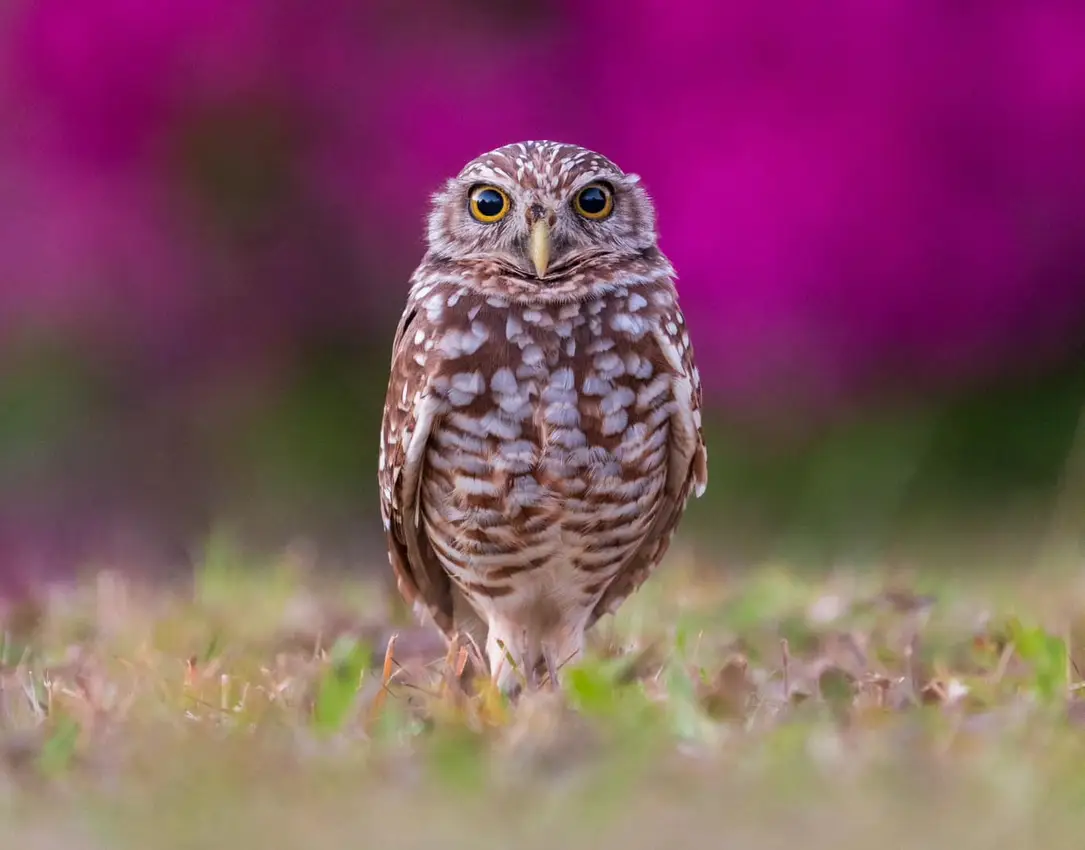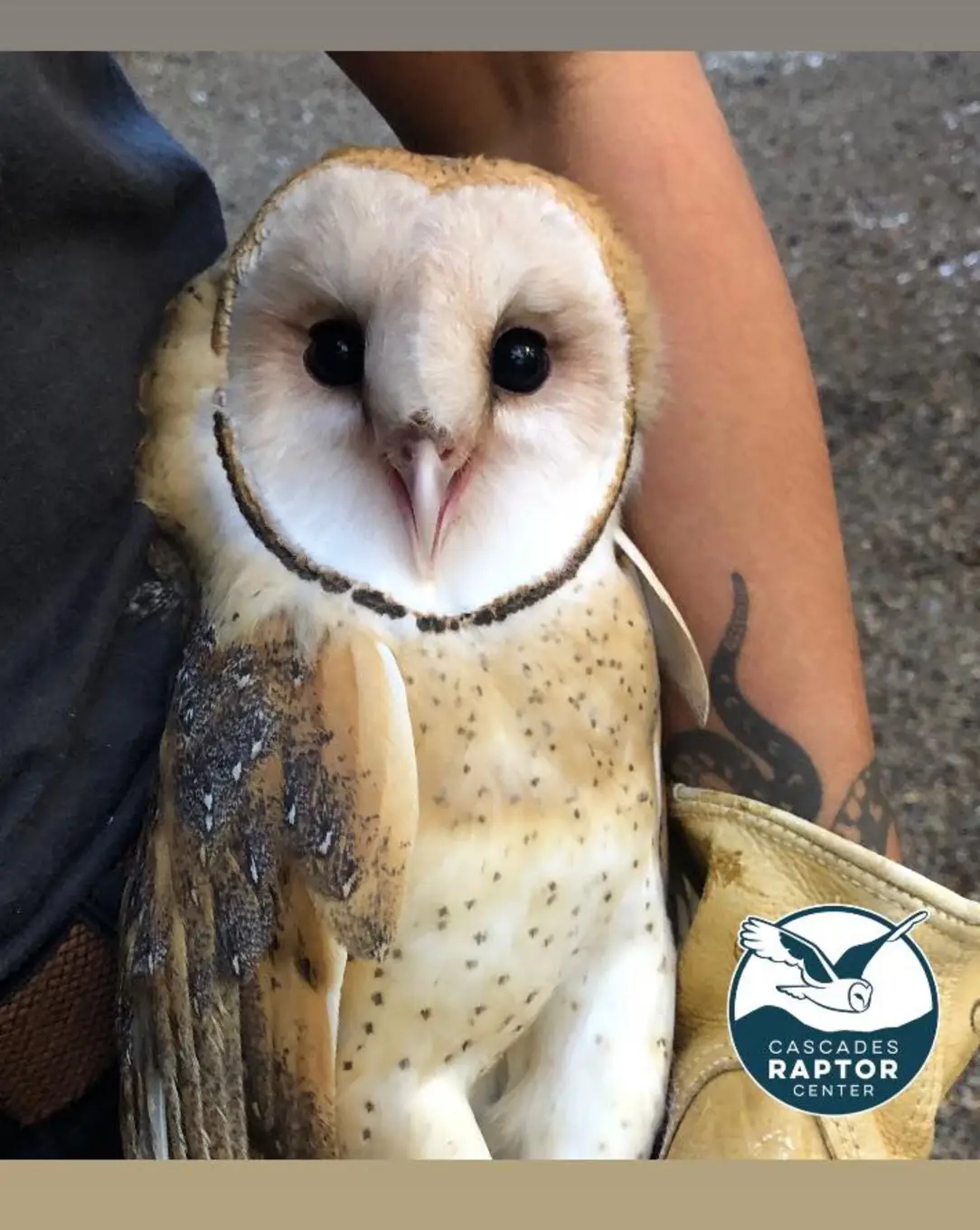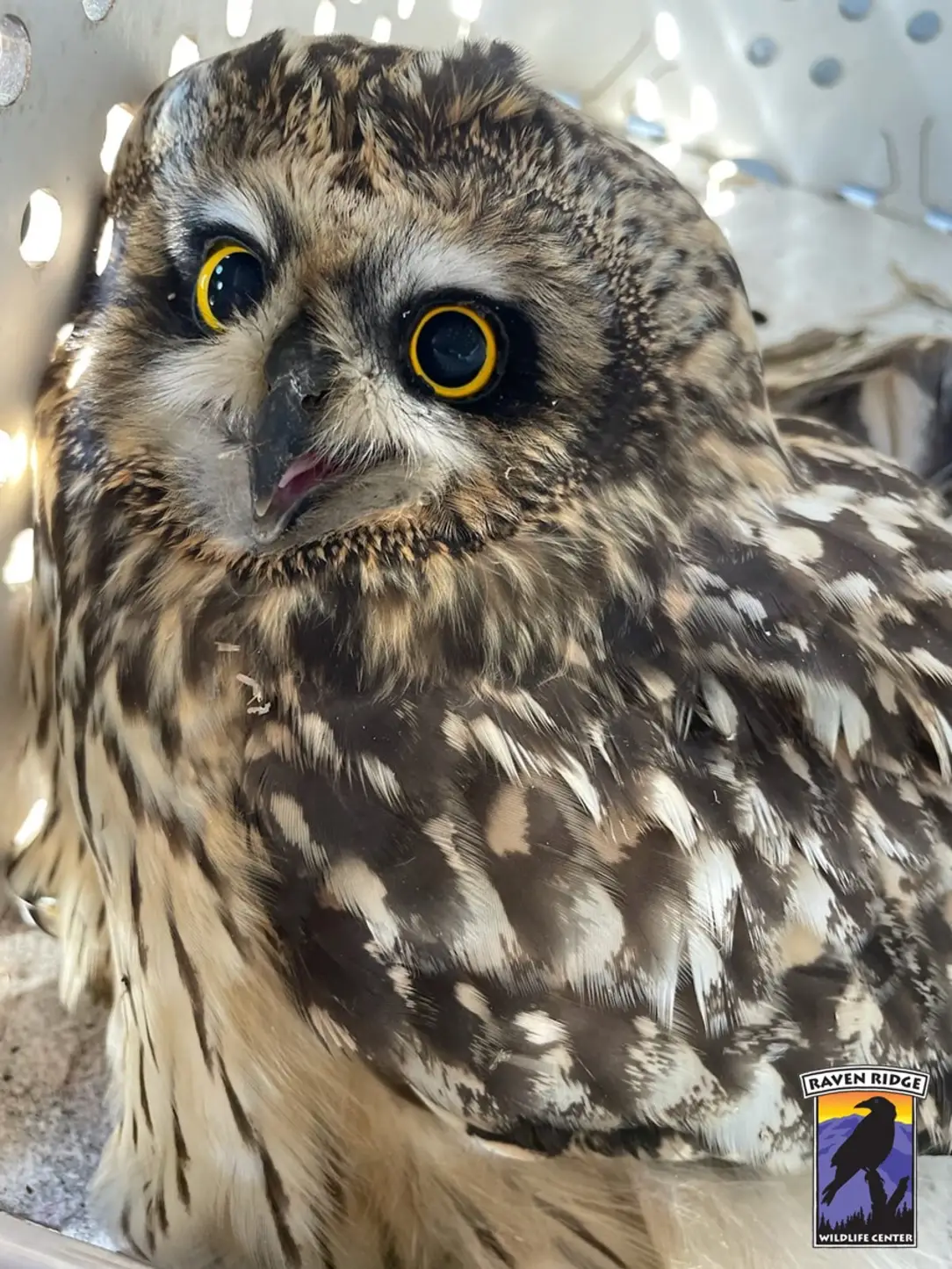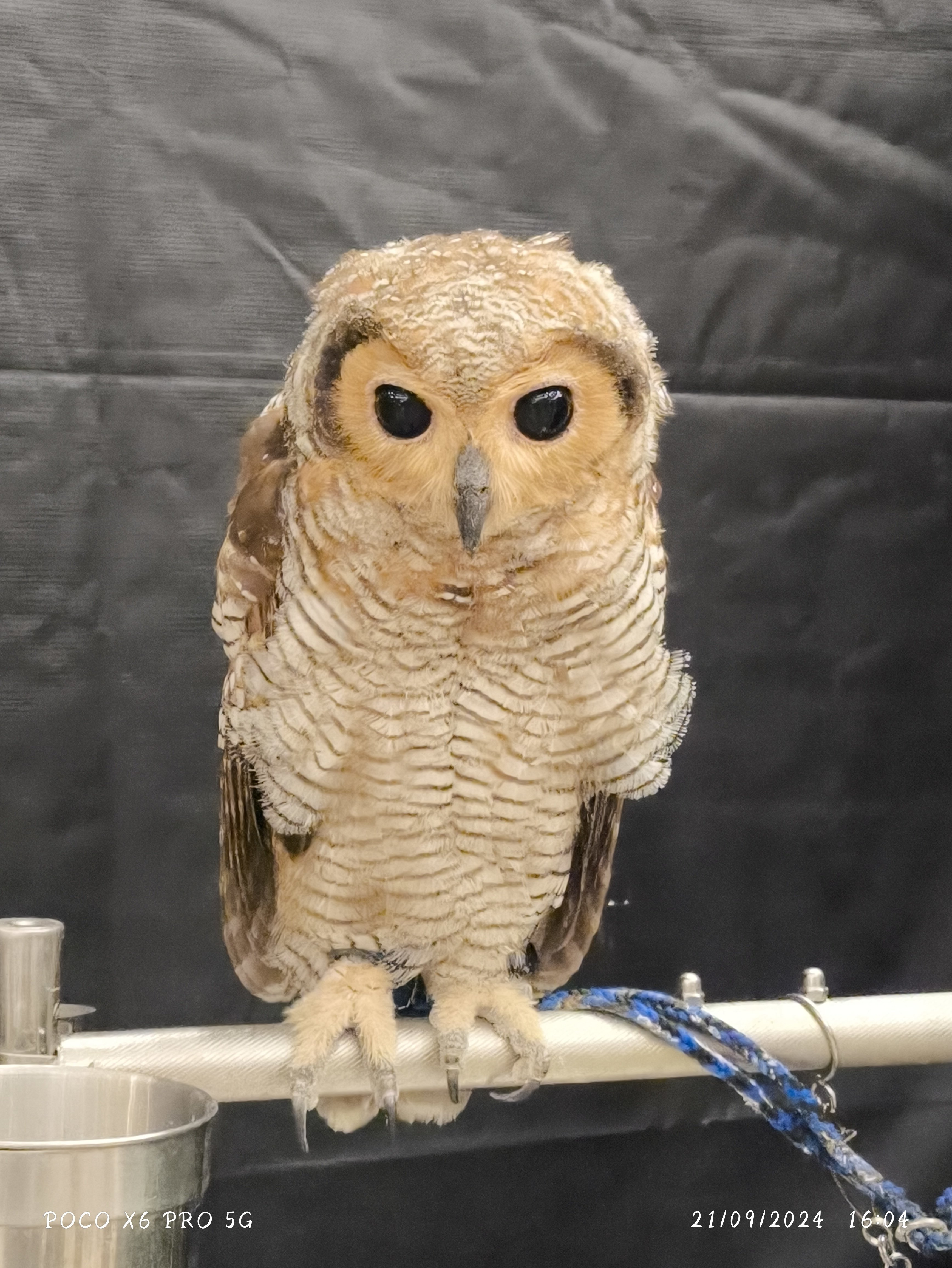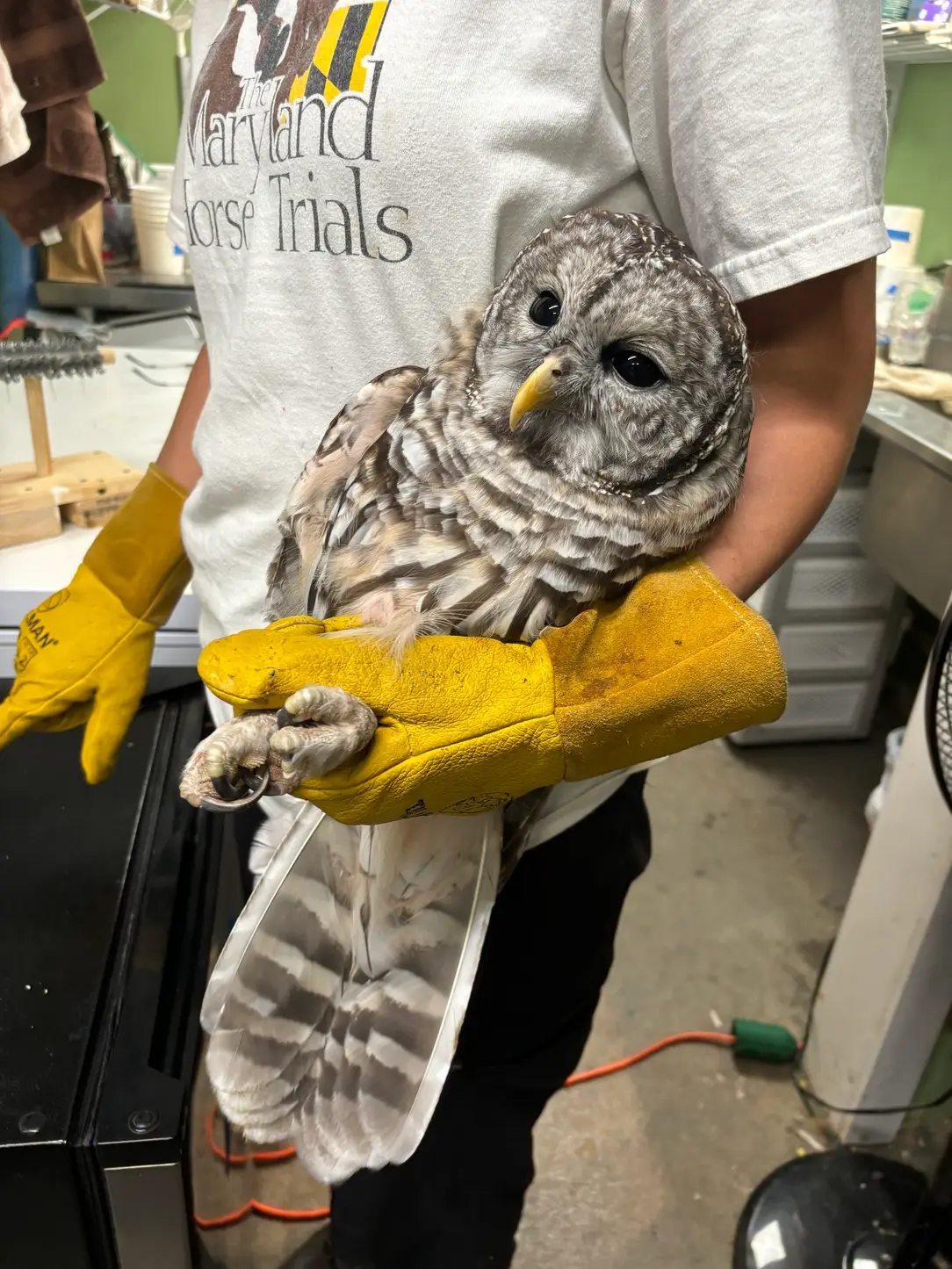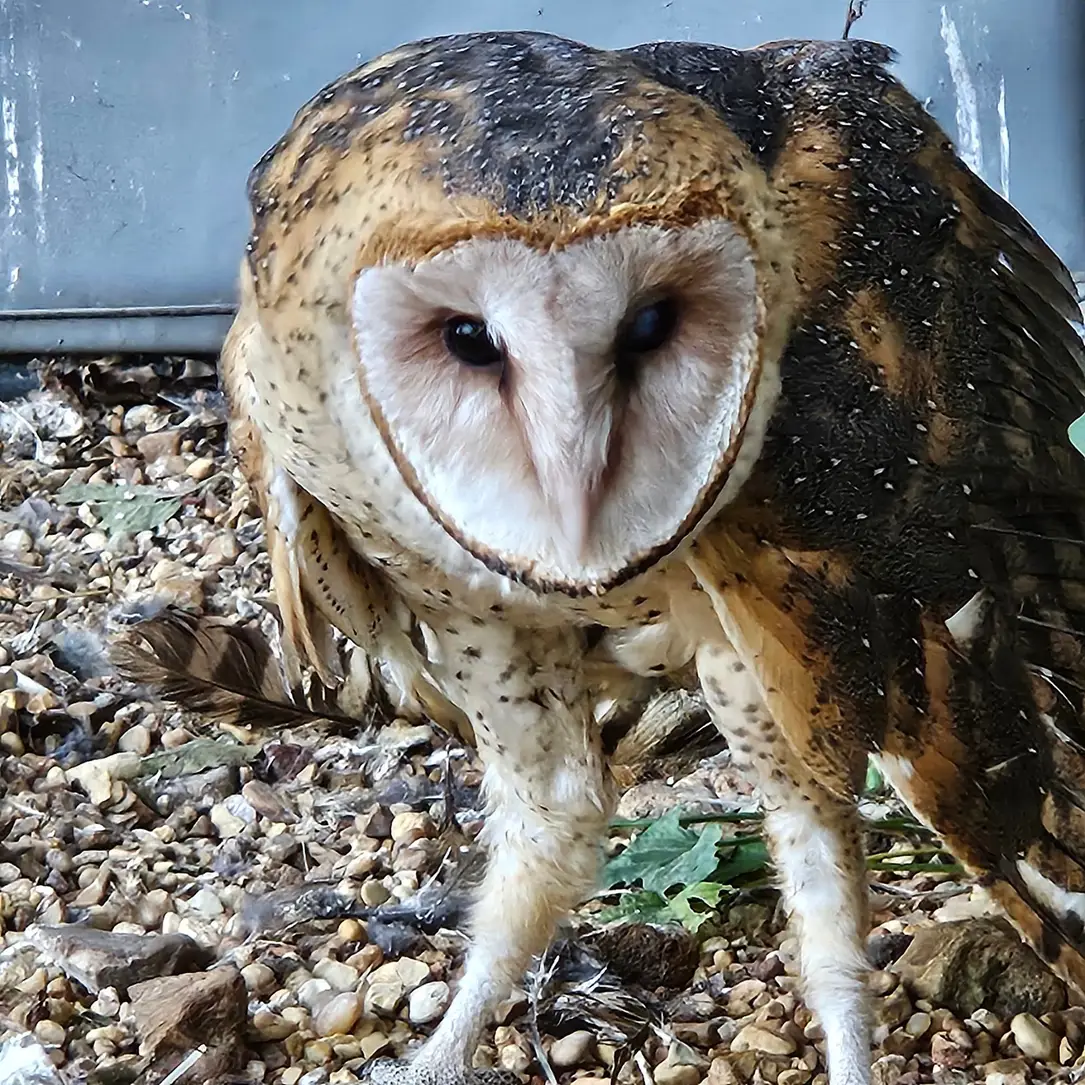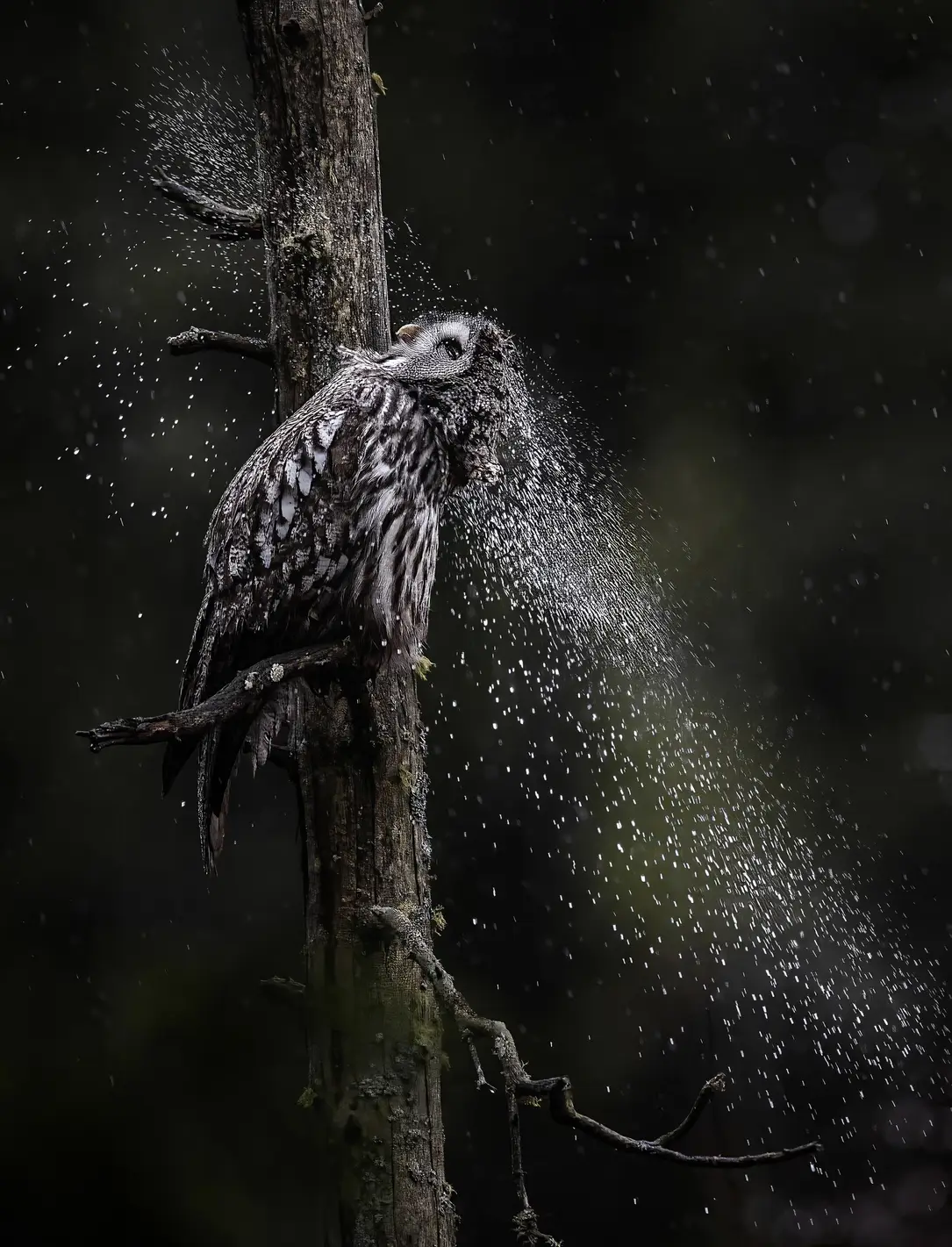Sometimes there is conflict between doing one good thing (protecting plants/animals) and doing another (expanding renewable energy projects).
This opinion article discusses some of the overlap in area that is good for the owls that is also prime for handling California's energy goals.
If you don’t love burrowing owls, you’ve probably never seen a burrowing owl.
They’re 7 to 10 inches tall, with bright yellow eyes and long, skinny legs. The western variety doesn’t even dig its own underground burrows. It depends on other critters, such as ground squirrels and desert tortoises.
Building solar projects in spots where burrowing owls are struggling to survive would be a terrible idea, right?
I’ve said it before, I’ll say it again: If only the world were so simple.
As my L.A. Times colleague Lila Seidman reports, the California Fish and Game Commission voted unanimously last week to make the bird a candidate for protection under the state’s Endangered Species Act. In practice, that means burrowing owls will be protected under the law for the next 12 to 18 months, while state wildlife officials study whether the adorable bird deserves permanent status as a “threatened” or “endangered” species.
Two decades ago, there were as many as 10,500 breeding pairs of burrowing owls in the Golden State, according to the California Department of Fish and Wildlife. Now there are just 6,500 pairs, the department estimates.
Suburban sprawl was the biggest culprit, conservation groups say, with residential and commercial development tearing up owl habitat across the state and giving the funky little birds precious little space to nest and breed.
But other industries contributed to habitat fragmentation and destruction too — including renewable energy.
Not many wind farms are being built in California these days, at least on the shore; the windiest spots have long been taken. But lots of massive solar farms are being planned and built to replace planet-wrecking fossil fuels.
Conservation activists want state officials to impose new requirements on energy companies looking to build in burrowing owl habitat — requiring them to pay for the permanent protection of breeding grounds, for instance. Activists also hope state officials will block construction of solar projects in the best spots for burrowing owls.
“We can have abundant burrowing owls and abundant solar development,” said Jeff Miller, a senior conservation advocate at the Center for Biological Diversity. “I don’t think the [protections] will slow solar development.”
I hope he’s right. But I’m a little anxious.
It’s not just burrowing owl advocates who are concerned about the the consequences of solar sprawl. It’s desert tortoise advocates and Joshua tree advocates. It’s rural residents who don’t want solar in the backyards, and farmers who don’t want solar projects taking away cropland — even when they don’t have enough water for all their crops.
If only we could put all the solar panels we need to replace fossil fuels on rooftops, warehouses and parking lots, this problem would be easy to solve. Alas, even optimistic researchers say we wouldn’t come anywhere close.
There are also valuable opportunities to build solar in “low-harm” spots — abandoned farmlands, former mines, contaminated Superfund sites, oil and gas fields, landfills, even strips of land along highways. A report released this month by the Roosevelt Institute and the Climate and Community Institute estimated that the United States has nearly 226 million acres of such land — an order of magnitude more land than we’ll ever need for solar.
Again, if only the world were so simple.
Conservationists have been touting low-conflict solar sites for a long time; there have been optimistic reports like this one before. Yet so far, there have been only a handful of projects built in truly low-conflict spots, such as a set of solar panels over a canal that were switched on this month by Arizona’s Gila River Indian Community.
There are lots of reasons for the dearth of progress. In some cases, the low-harm spots aren’t near electric lines, which are needed to send power to customers; in others, developers aren’t willing to take on the financial liability of building on a toxic Superfund site. Some private landowners aren’t willing to sell — not currently a problem on federal lands, where the Biden administration has made renewable energy development a top priority.
“If you have a site that’s relatively flat, and it’s got low species conflict, and you don’t have developers flocking to it, then you have a problem with that area,” said Shannon Eddy, executive director of the Large-scale Solar Assn.
So I like the idea of more solar on low-harm lands. I hope it happens. But scientists say we have six years to slash climate pollution more than 40%. So for now, I plan to keep penning columns like this one, supporting flawed but well-meaning efforts by the Biden administration and others to balance renewable energy and conservation.
And as for burrowing owls?
The Large-scale Solar Assn. supports endangered species protections for the tiny bird. Eddy told me her member companies spent much of this year preparing for last week’s vote, identifying 15 project sites in the Central Valley and Imperial Valley with signs of owl habitation and working with biologists to craft a conservation strategy.
Still, developers have some concerns about how the process will play out. There will now be new permits to apply for, new financial obstacles to clear. Depending on what state wildlife officials do next, solar companies could find themselves facing new delays and costs that make it even harder for California to meet its climate goals.
“This is a curveball,” Eddy said.
